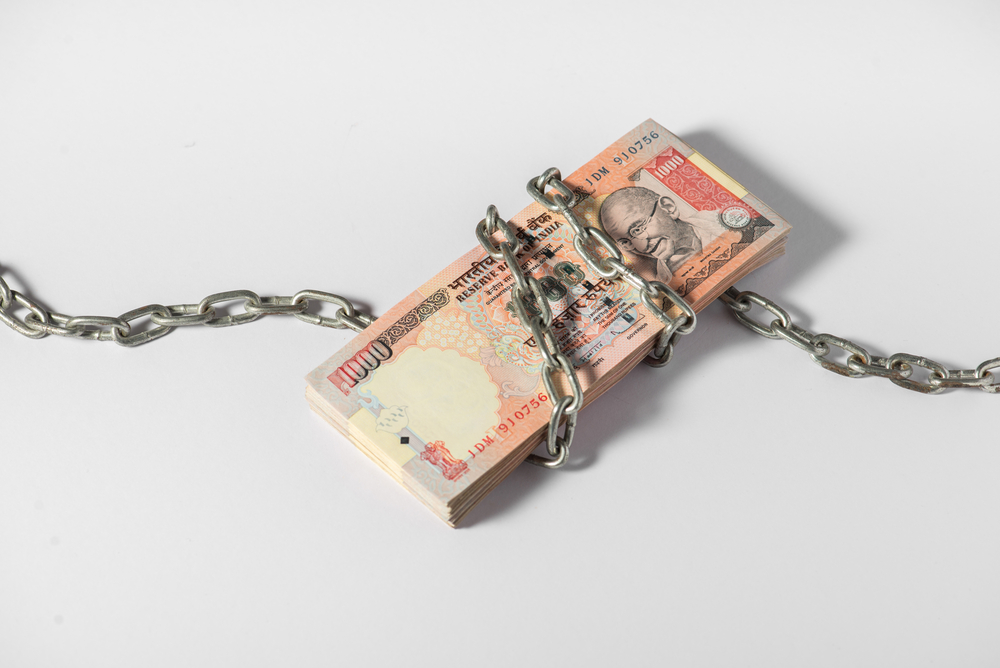It is evident that the financial situation in India is getting out of hand rather quickly. Financial inclusions should be the top priority for the local government, yet all they’ve done so far is drive people away. With a huge lack of payment card adoption, and an economy struggling with cash liquidity, bridging the gap becomes all the more difficult.
India Needs A Digital Solution, But Who Will Provide It?
India is a country that sits on both ends of the same curve. On the one hand, they are world-renowned for their involvement in the IT services, yet on the other hand, they lack digital payment solutions. Or to be more precise, the country lacks solutions that offer financial inclusion, despite the best efforts by companies such as Paytm.
A recent report by the World Bank shows that India is home to the largest offline population of any country around the globe. Keeping that information in mind, the latest move by the government makes even less sense. In fact, with 600 million people having no access to a bank account, it is even more difficult to provide them with digital solutions.
Contrary to what most people seem to think, digital finance relies on the same financial infrastructure as that used by bank accounts. One either needs to sign up with a bank or obtain a payment card. But none of these mobile solutions seem to offer any other funding or withdrawal solution. Moreover, with the cash liquidity issues, supporting that archaic form of money is not a great solution either, at least for the time being.
With 4.4% of the population having access to a payment card, the future of digital payments in India is anything but certain right now. Mobile wallet companies are in a prime position to fill the digital gap, but that will be quite difficult to achieve. Most citizens are unfamiliar with the options, and under one in four people is accustomed to using mobile or online financial services.
Smartphone adoption in India has surged in recent years, yet still only represents 26% market penetration. Using a payment app requires such a device, even though traditional “dumb” mobile phones are far more common. Obtaining these devices costs a lot of money, and without cash on hand, is not an option for the majority of the population.
It is evident that Bitcoin enthusiasts can capitalize on this empty void and push for cryptocurrency adoption in India. Unfortunately, Bitcoin suffers from similar drawbacks related to education, necessary smartphone support, and Internet connectivity. For rural areas, Bitcoin is still not the answer, unless it can be transmitted through text messages. One thing’s for sure, though, demonetizing India is a bad decision by the government, and it will backfire sooner or later.
If you liked this article, follow us on Twitter @themerklenews and make sure to subscribe to our newsletter to receive the latest bitcoin, cryptocurrency, and technology news.

